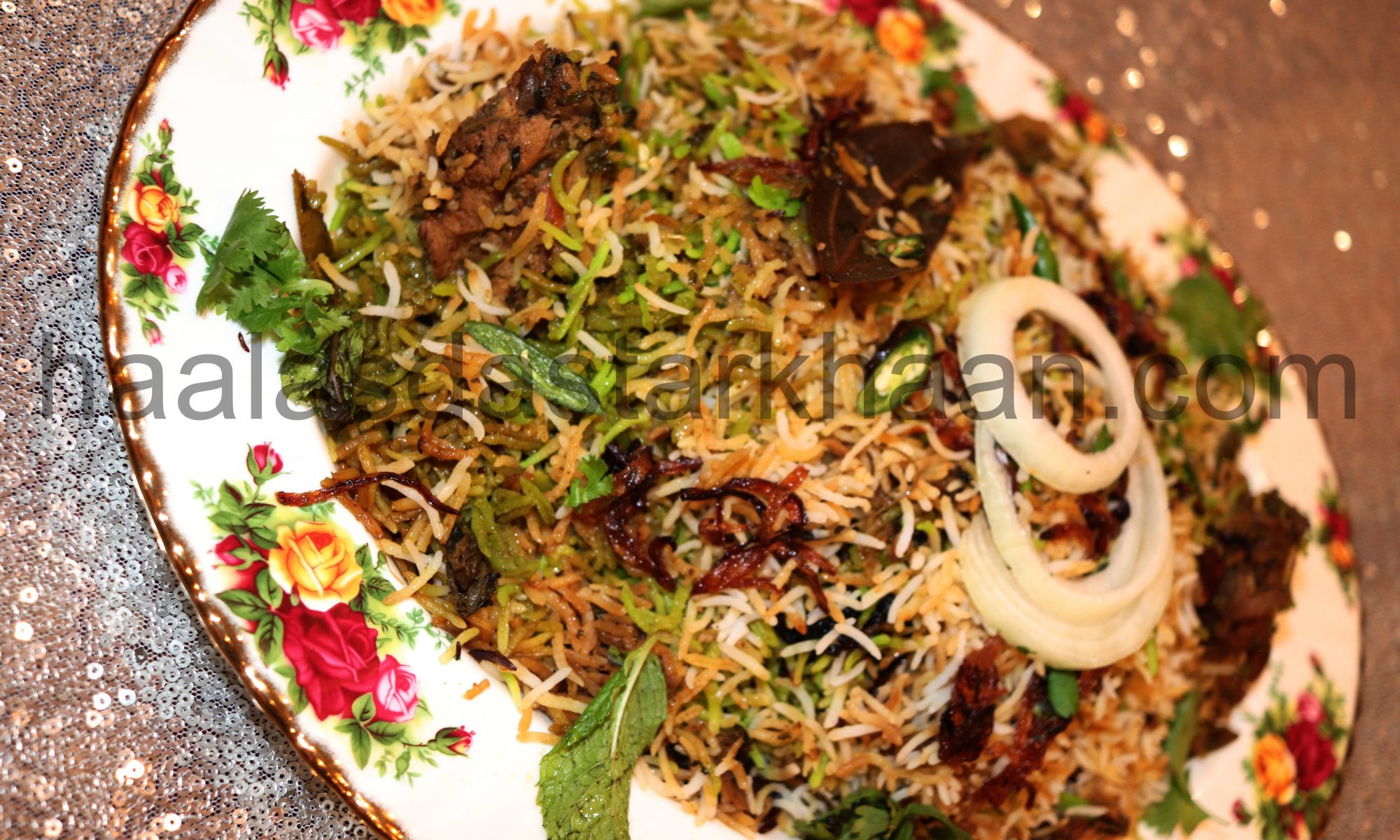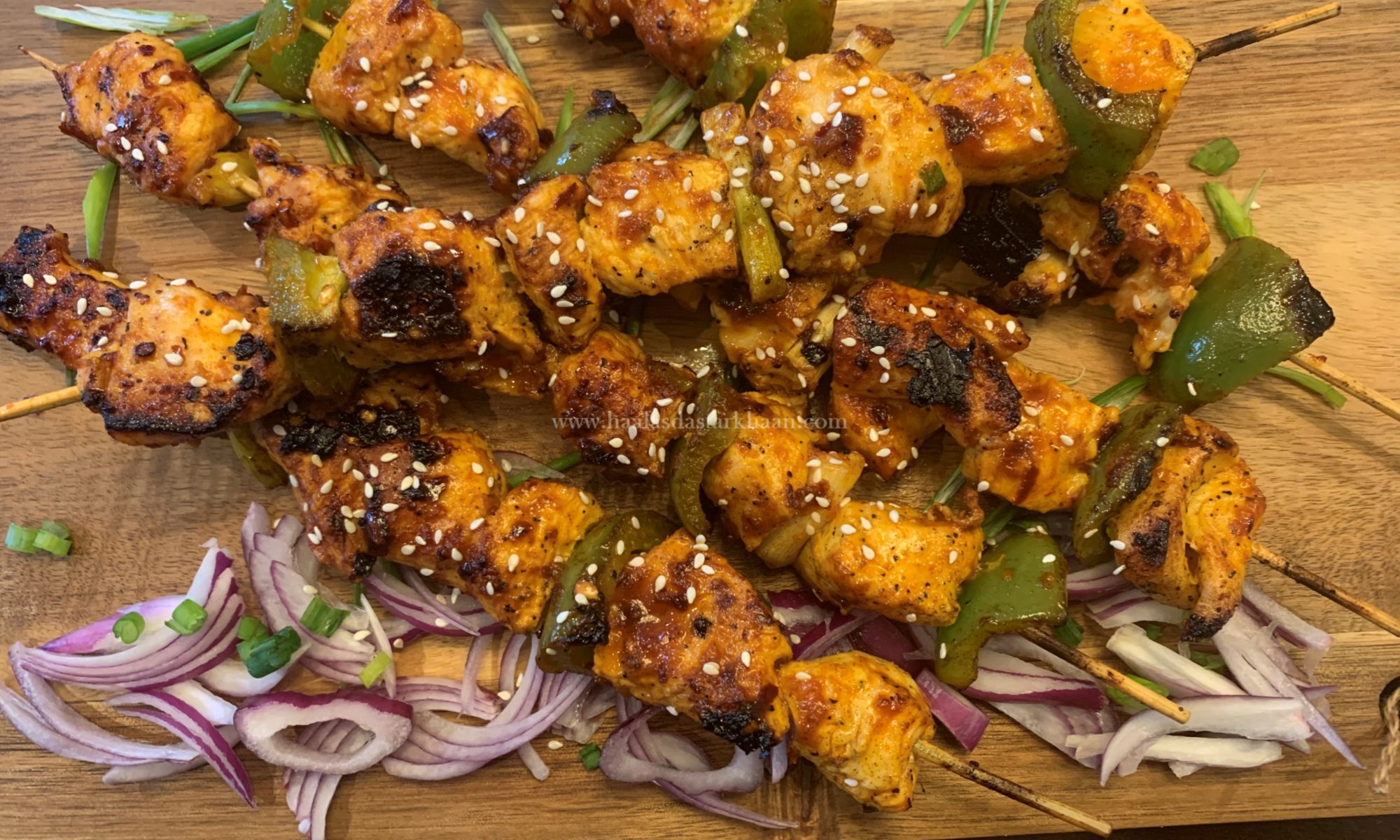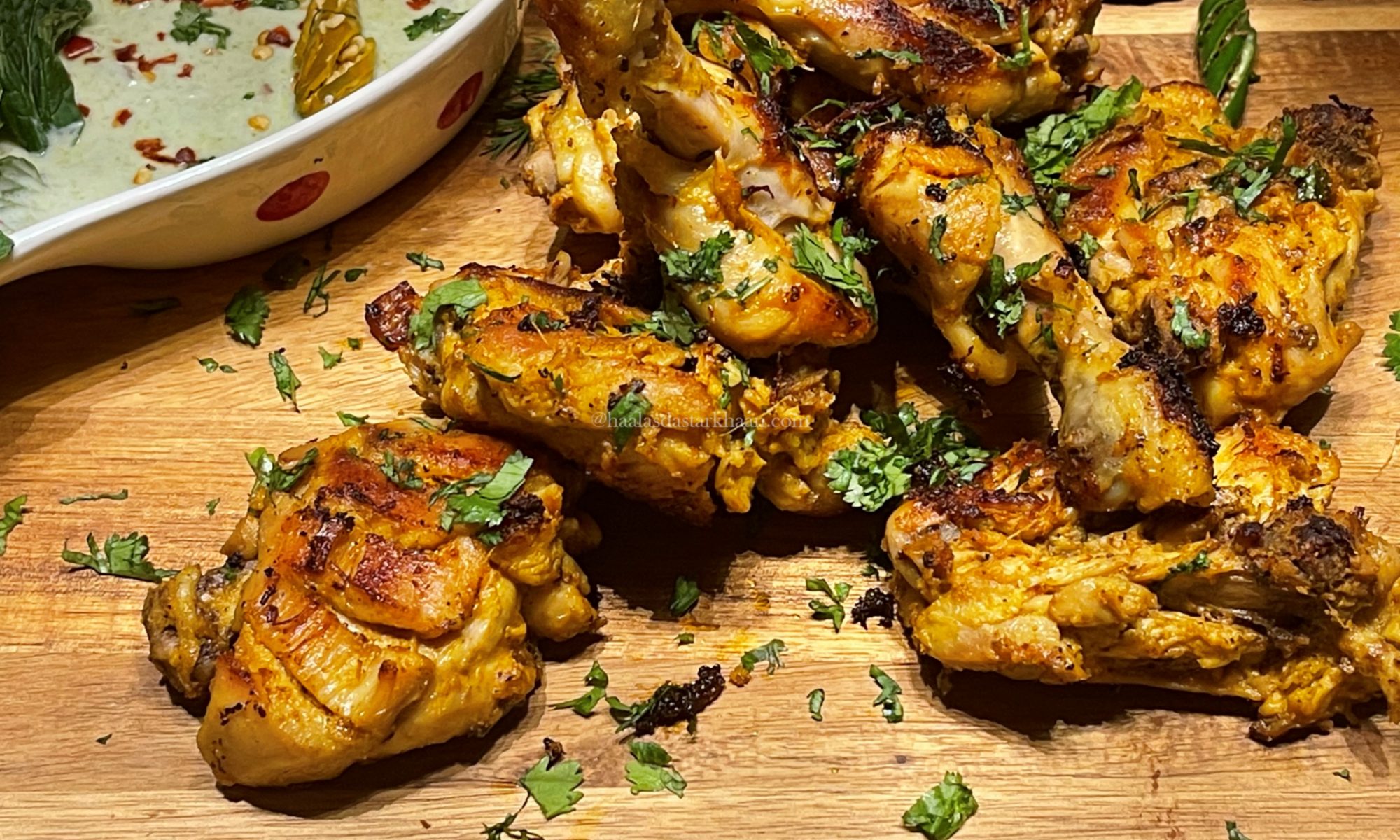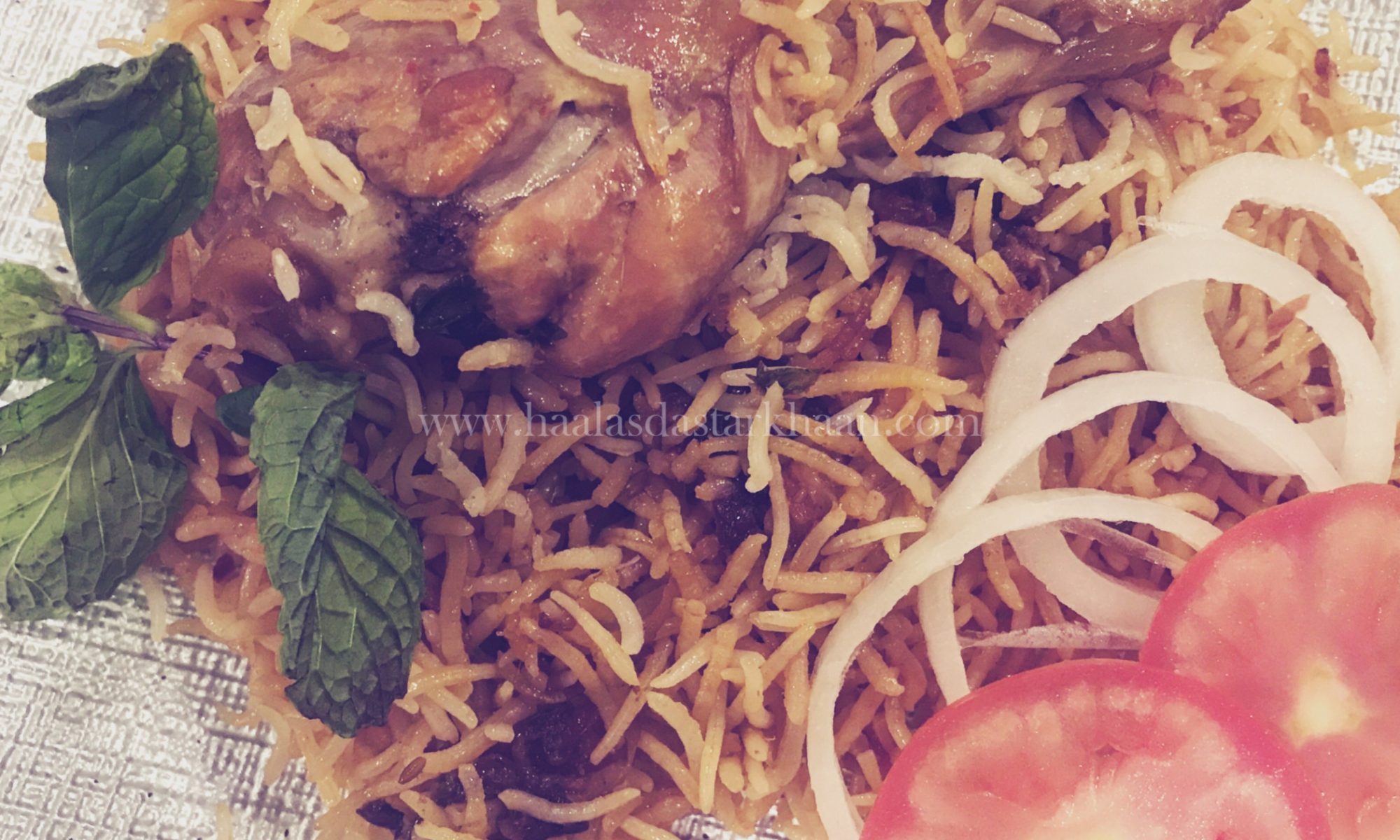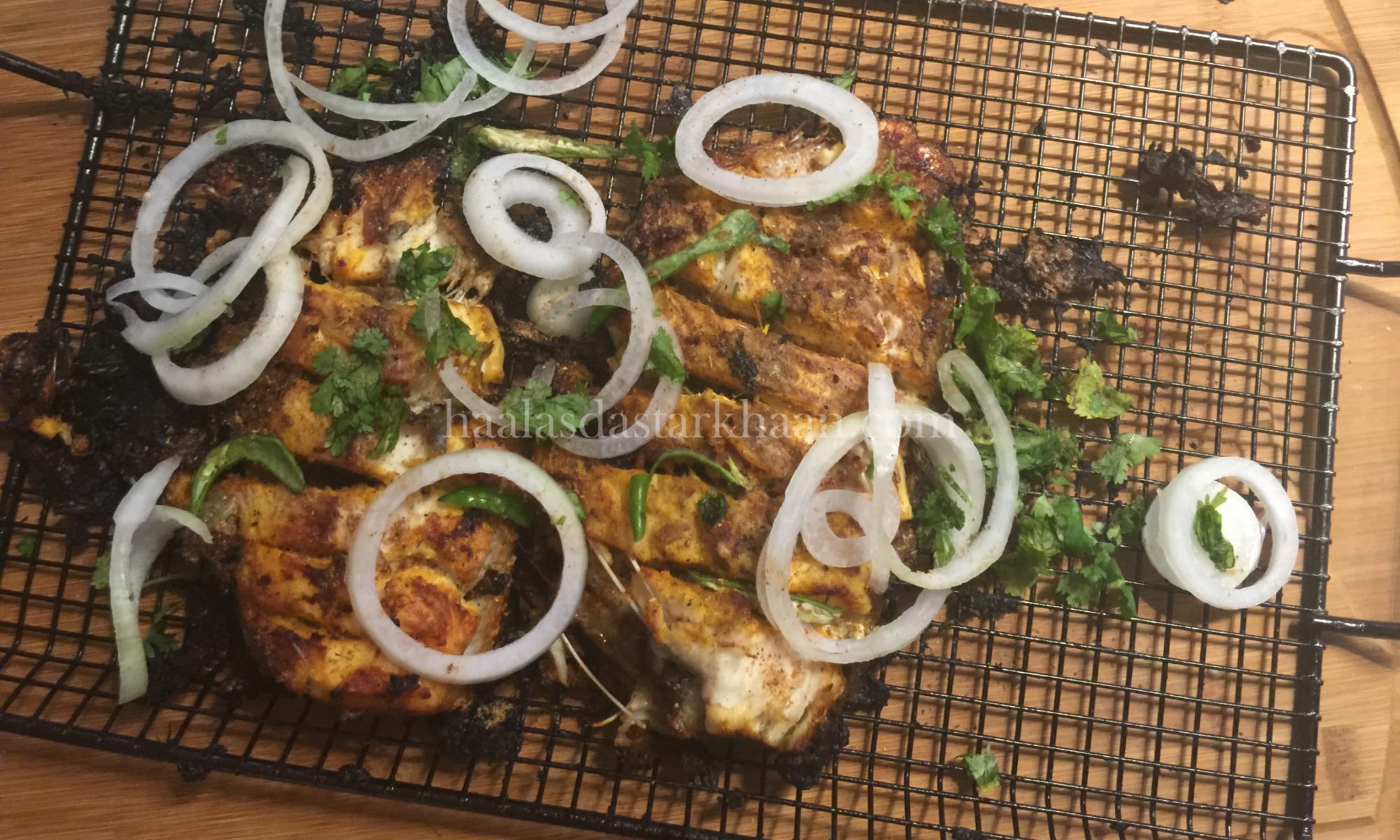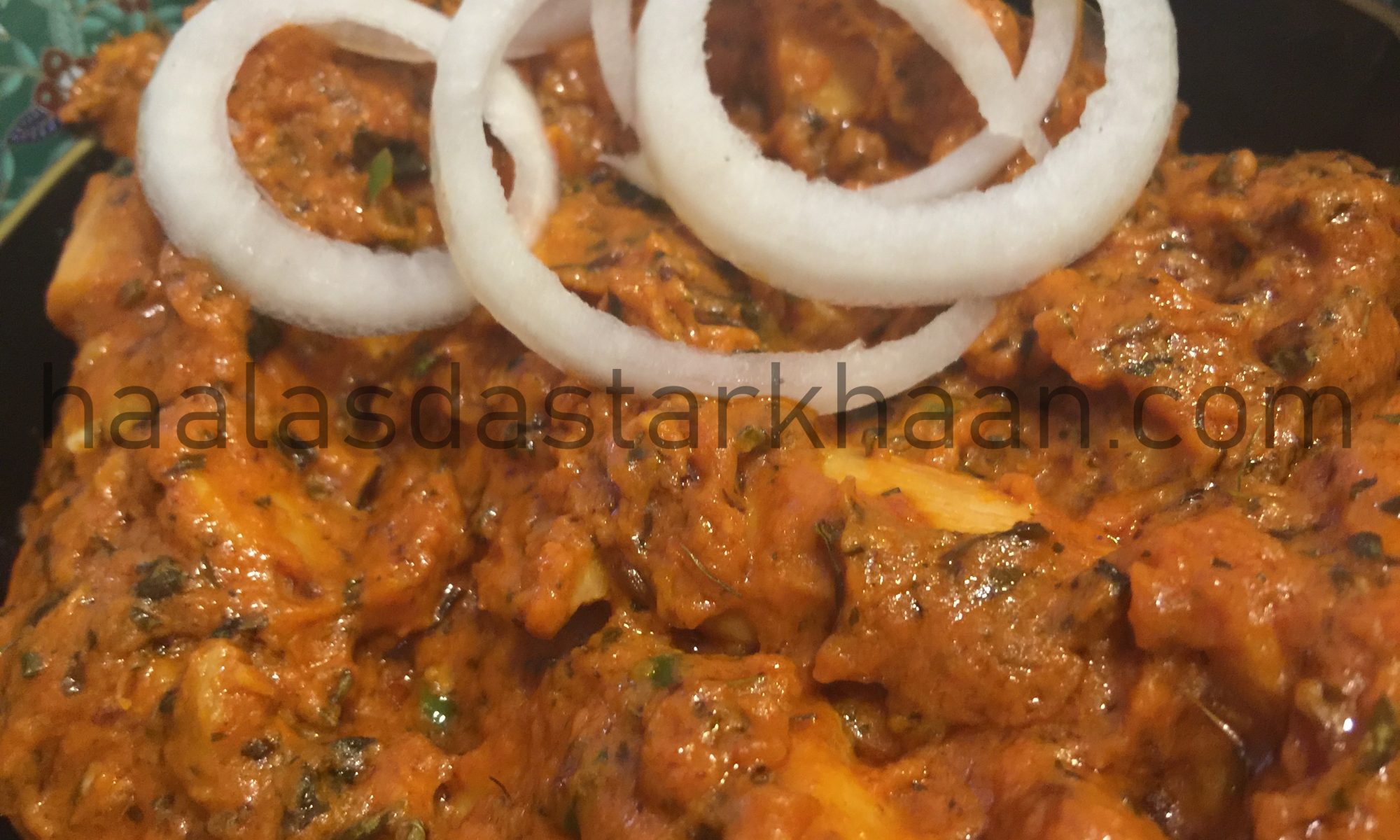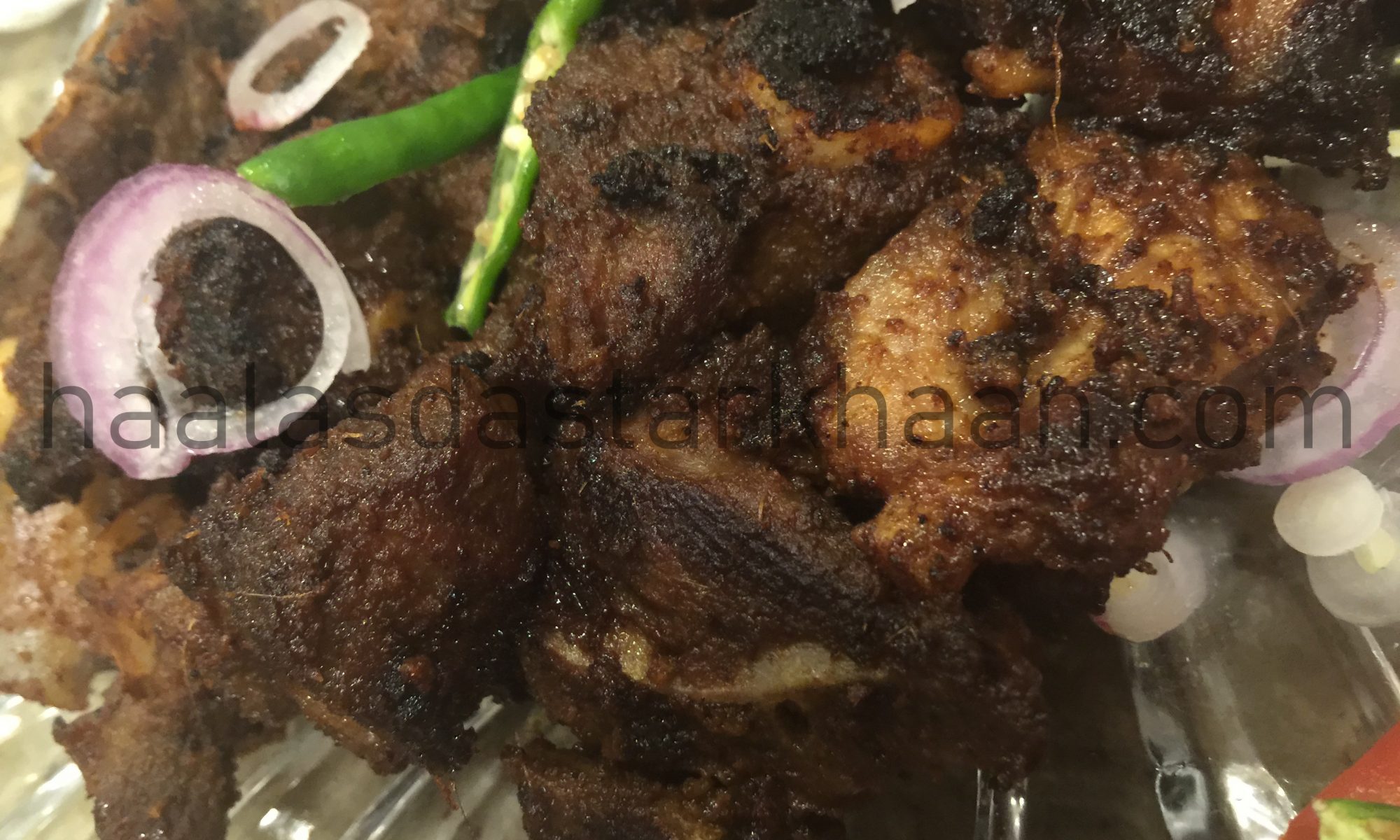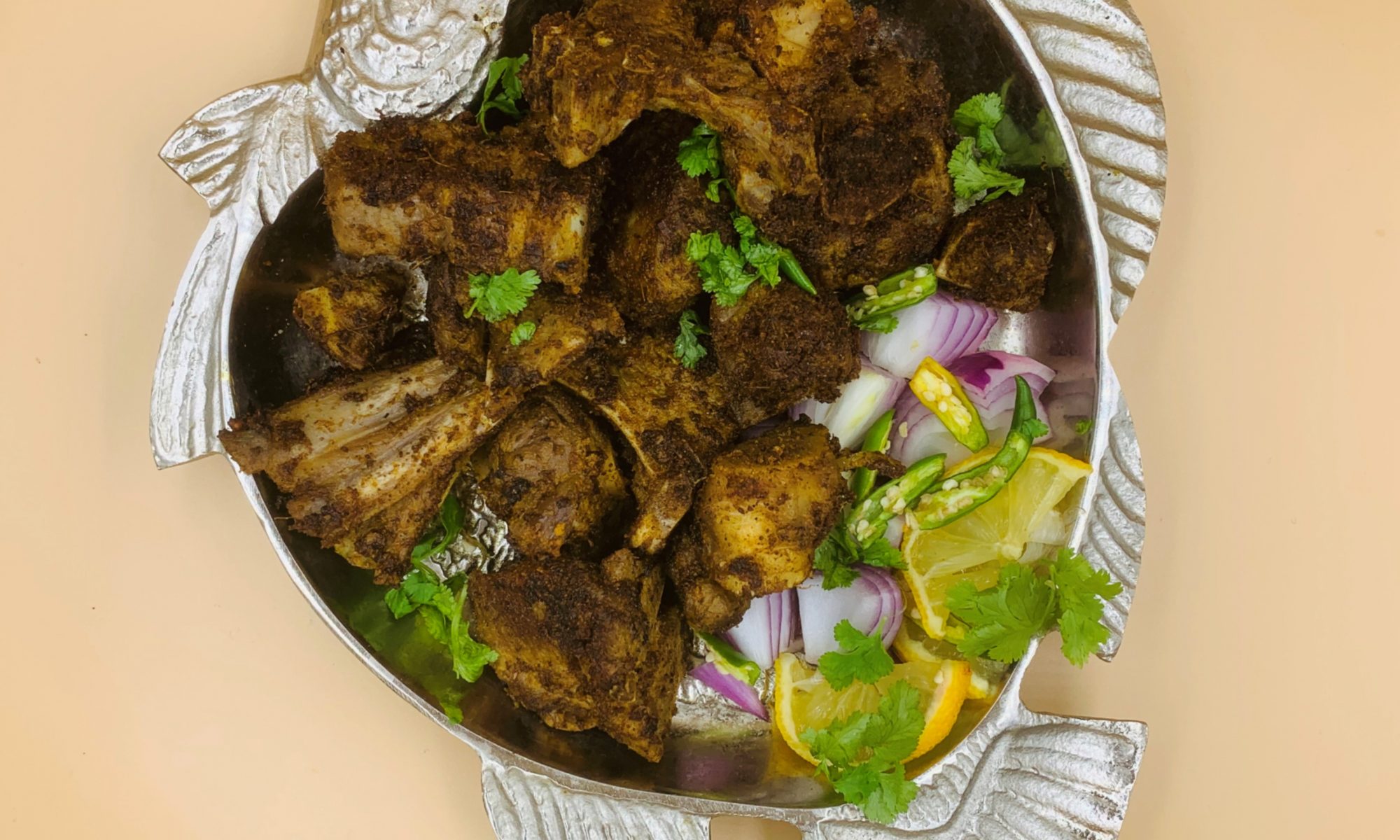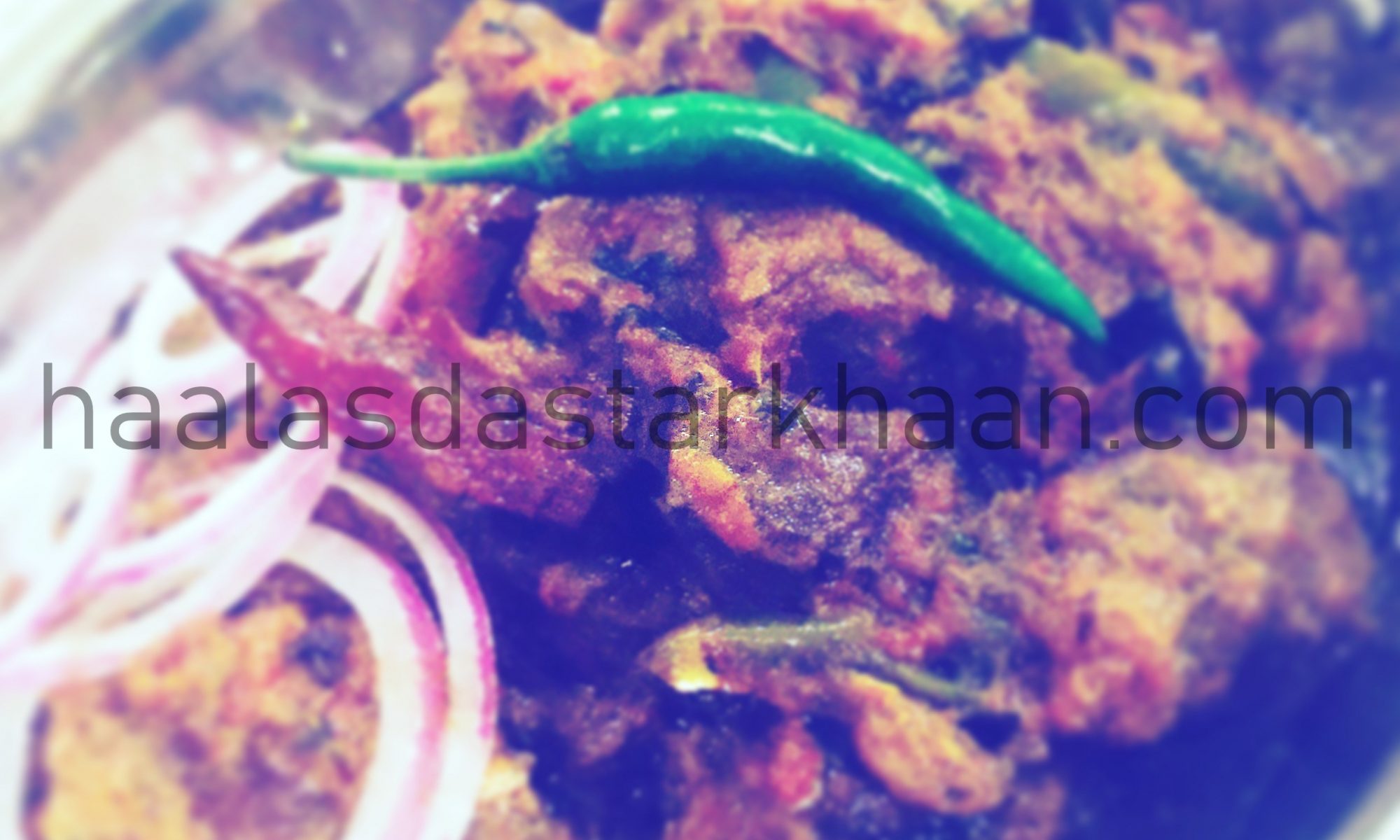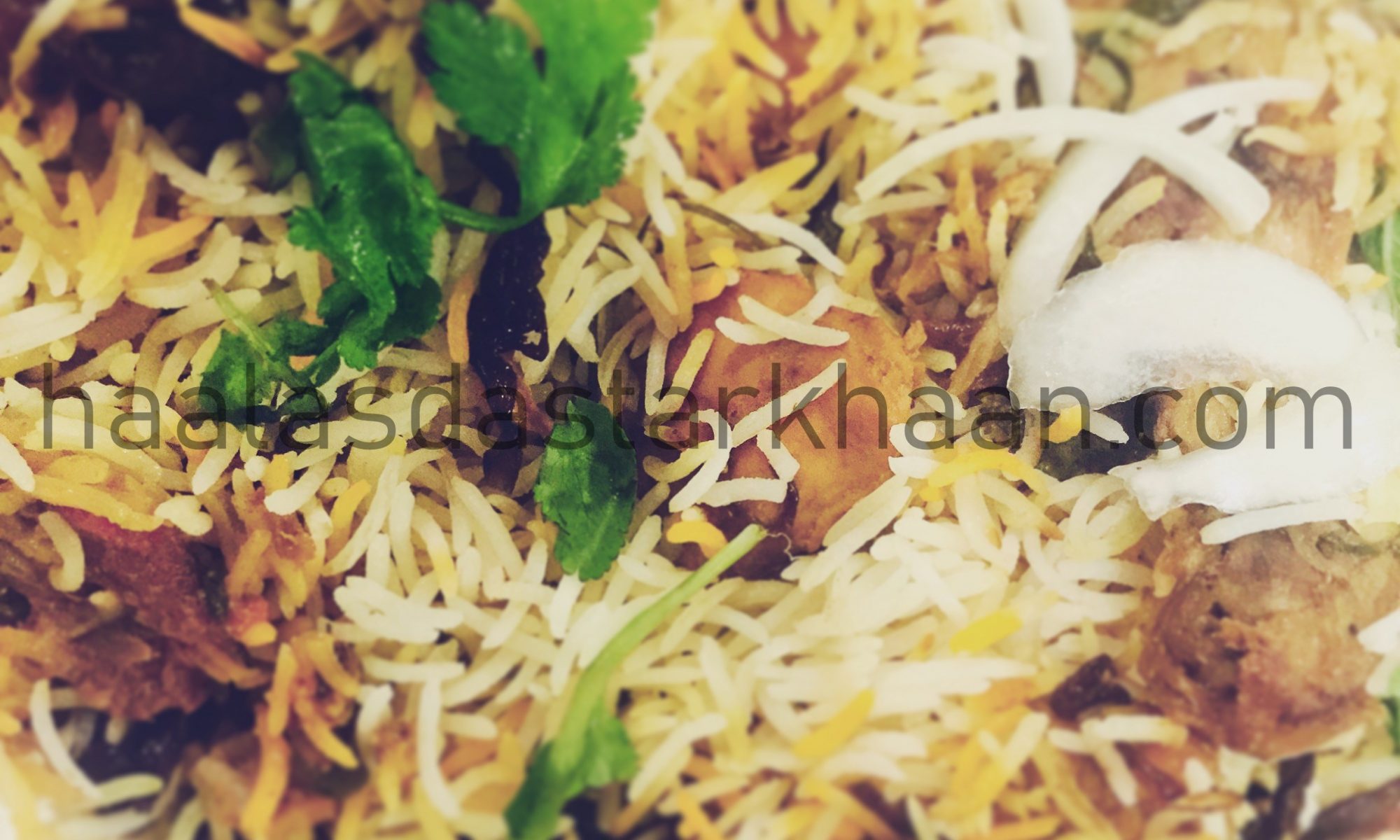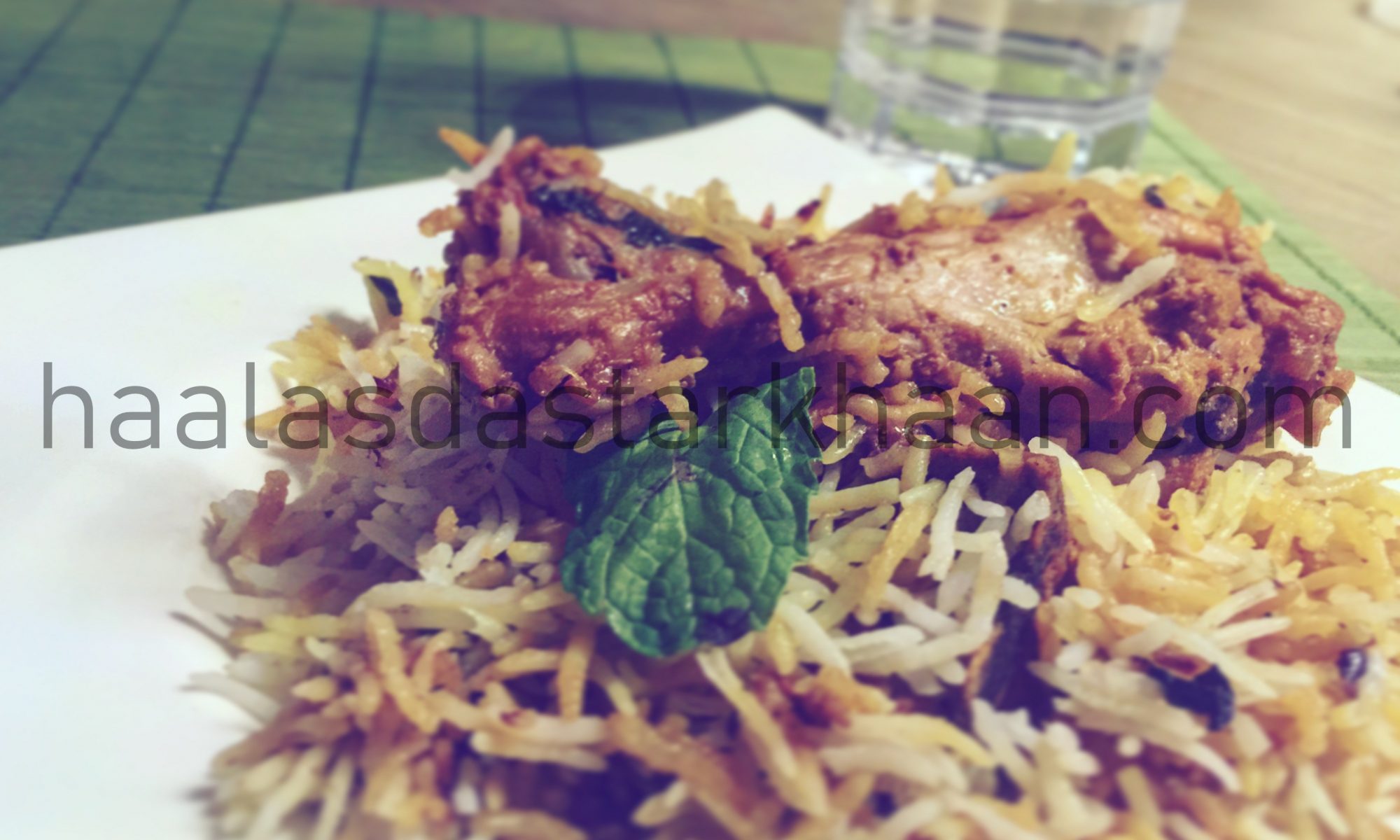Ambur, nestled in the Vellore district of northern Tamil Nadu, is renowned for its signature biryani, a dish that has become emblematic of the region’s culinary identity. What sets Ambur Biryani apart is its use of zeera samba rice—a short-grain, aromatic variety known for its ability to absorb flavor while maintaining a firm texture. Unlike the long-grain basmati used in many other biryanis, zeera samba gives Ambur Biryani its distinctive mouthfeel and subtle fragrance.
🍽️ A Glimpse into Ambur Biryani’s Origins
- Historical Roots: The dish traces back to the Nawabs of Arcot, whose kitchens blended Mughal techniques with local ingredients. Some stories suggest that Mughal soldiers, craving biryani while stationed in the south, adapted their recipe using available spices and zeera samba rice.
- Regional Spread: Though Ambur is the epicenter, neighboring towns like Vaniyambadi also share this biryani tradition, each adding its own nuance.
- Flavor Profile: Ambur Biryani is known for being moderately spiced, with a curd-based gravy and a higher meat-to-rice ratio. It’s often served with dalcha, khatte baingan, or raita, making it a complete and satisfying meal.
Ambur & Vaniyambadi Biryani: A Legacy of Flavor
Ambur and Vaniyambadi, neighboring towns in the Vellore district of northern Tamil Nadu, are known not just for their leather craftsmanship—but for a biryani that has become iconic across South India. With a significant Muslim population and a rich culinary heritage, these towns gave rise to a style of biryani that’s both humble and unforgettable.
The dish is believed to have been introduced by the Nawabs of Arcot, whose royal kitchens blended Mughal techniques with local ingredients. Another story suggests that Mughal soldiers, stationed in the southern region, longed for the biryani of their homeland. With limited access to familiar spices and basmati rice, they adapted the recipe using zeera samba rice—a short-grain variety native to Tamil Nadu, known for its ability to absorb flavor while retaining texture.
📺 A Friday Tradition, A New Flavor
As most of you who follow me know, I have a soft spot for trying new biryani recipes. It’s become a bit of a ritual—every Friday, without fail, I cook biryani for dinner. It’s my way of ending the week with warmth, aroma, and a plate full of comfort.
One Friday morning, while watching an Indian TV channel, my husband, Mr. Parveez, spotted a segment on a restaurant serving Ambur Biryani. Intrigued by its unique style and regional roots, he couldn’t resist. I was out grocery shopping when my phone buzzed with a FaceTime call from his office.
“Baccha, can you look up Ambur Biryani and make that today?” I smiled. Of course I could. That’s the beauty of biryani—it’s endlessly adaptable, and every version carries a story. That day, Ambur Biryani became ours.
🍽️ A Pleasant Surprise in the Aisles
While I’m always up for trying something new, I’ll admit—having to rearrange my shopping list last-minute can throw me off. So when Mr. Parveez requested Ambur Biryani on a Friday morning, I braced myself for a bit of a scramble.
To my surprise, the recipe didn’t call for anything fancy. In fact, I had everything I needed right at home. No exotic ingredients, no elaborate prep—just honest, flavorful cooking. It was so straightforward that after finishing, I double-checked the recipe to make sure I hadn’t missed a step!
Ambur Biryani turned out to be not only easy to make, but a true crowd-pleaser. If you’re a biryani lover like me, this one’s a must-try. It’s proof that sometimes, the simplest dishes carry the richest stories.
